National Geographic’s Dan Myers on Preserving Wild South Pacific Waters
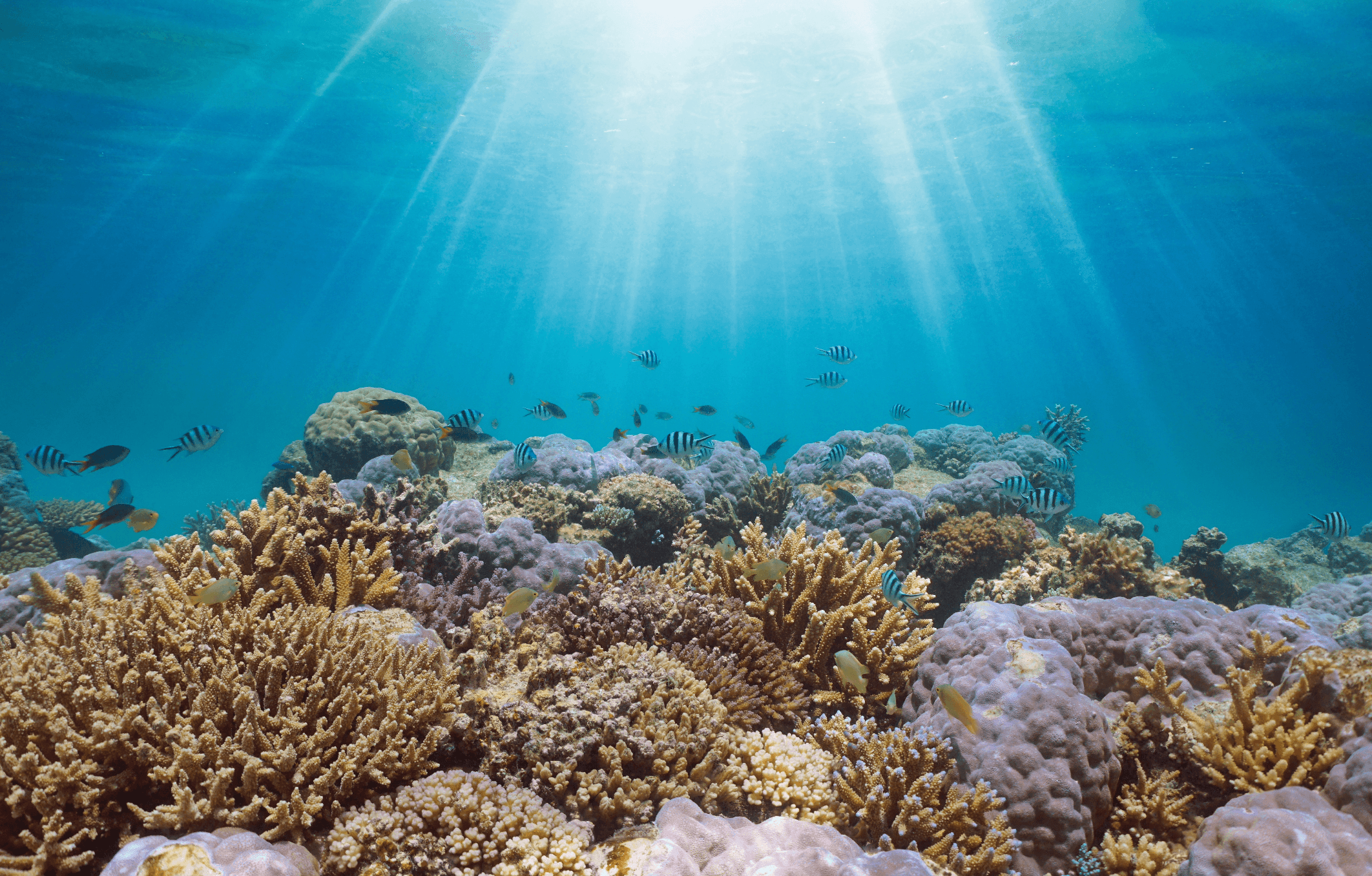
Enchanted by nature from a young age, Dan Myers has been at the nexus of environmental policy, communications, and climate change for the past 15 years, most recently as the Chief of Staff for National Geographic’s Pristine Seas program. While working in communications for former Vice President Al Gore, Myers was introduced to National Geographic Explorer in Residence and Pristine Seas founder Enric Sala, and was captivated by his vision to protect the last wild places in the ocean.
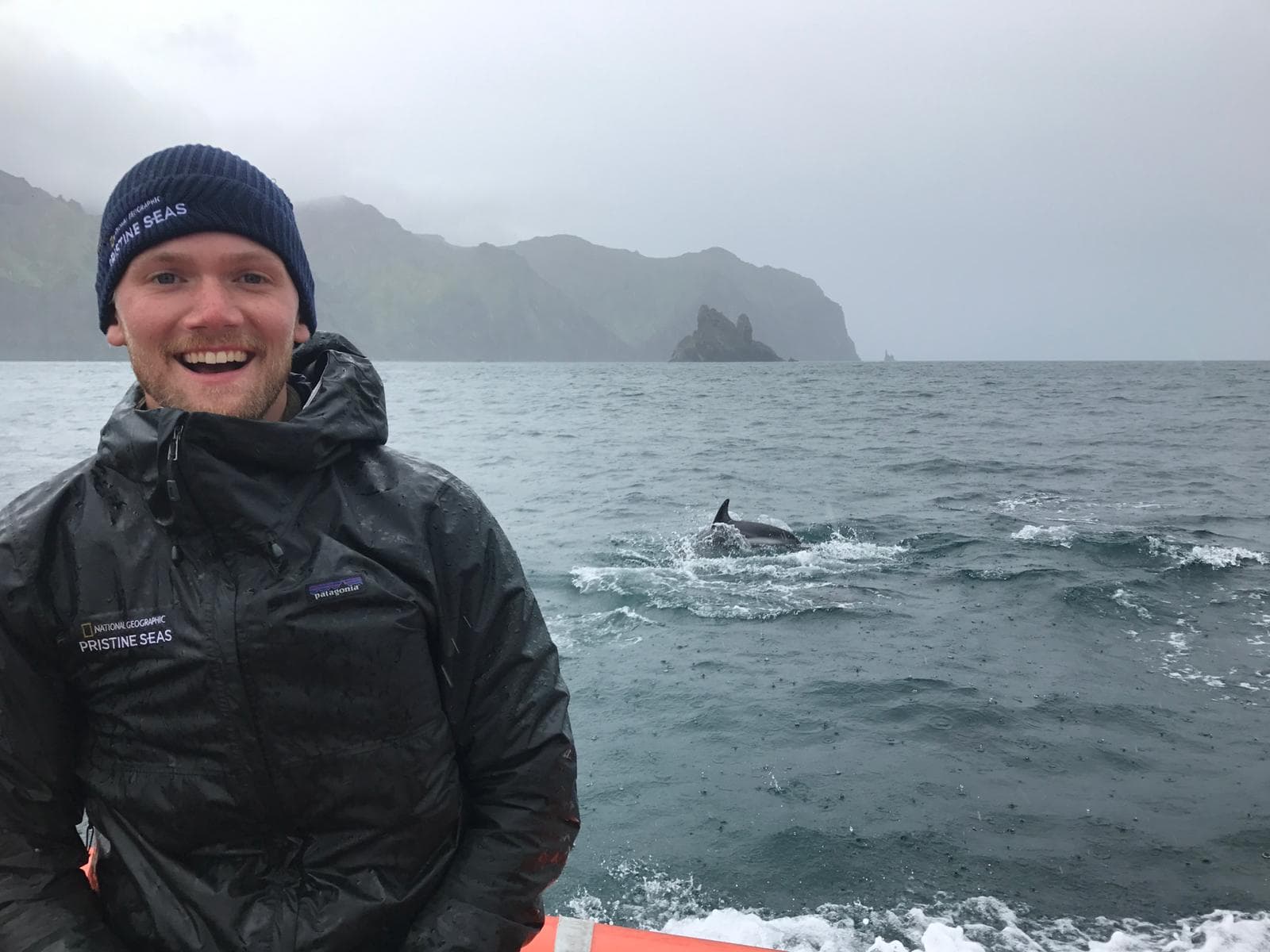
Photo: Courtesy of Dan Myers
This February, Myers will join travelers on Under the Southern Cross: New Zealand to Melanesia—an exploratory voyage through unmapped undersea realms in the South Pacific, where Myers has spearheaded several Pristine Seas projects. Here, he discusses conservation efforts in the region and beyond, and what he looks forward to sharing with travelers on the voyage.
What is the mission of the Pristine Seas program?
Pristine Seas works with local communities, Indigenous Peoples, governments, and other partners to help protect vital places in the ocean using a unique combination of community engagement, policy work, and strategic communications and media. Since 2008, our program has conducted 36 expeditions around the world and helped establish 25 marine reserves, spanning more than 6 million square kilometers of ocean.
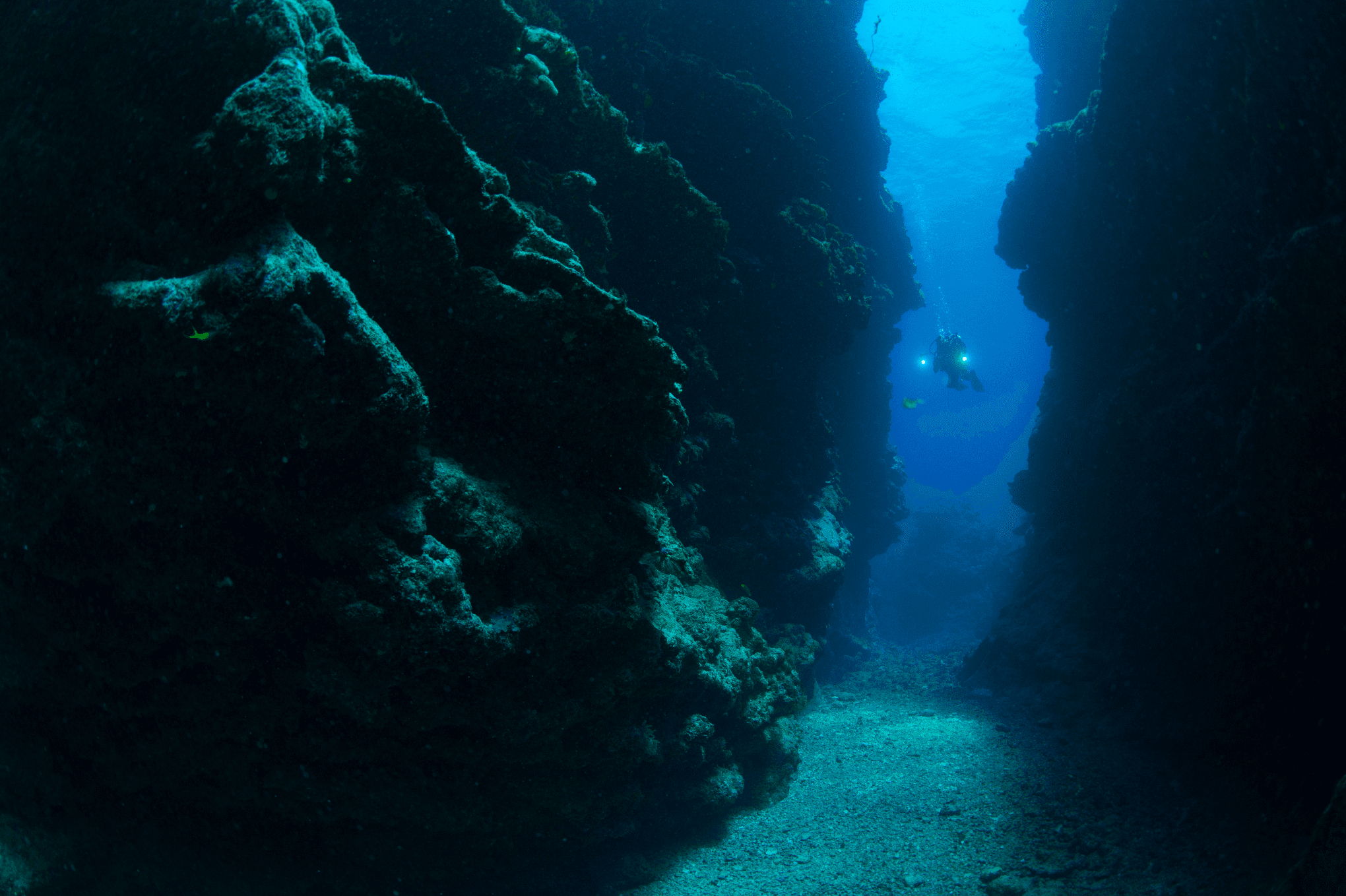
Photo: Courtesy of National Geographic Pristine Seas
Where has Pristine Seas been recently? And where to next?
Last year was a busy one! In the spring, we conducted an expedition to Colombia’s Pacific and Caribbean coasts, surveying areas both onshore and offshore. We’re now working with the Colombian government and local partners to ensure protection for some of the region’s most vital marine areas. Last summer, we completed our most ambitious project to date: a two-month expedition through Canada’s James and Hudson Bays to support Inuit and First Nations communities in their desire to protect their waters.
How do Lindblad Expeditions-National Geographic itineraries complement the Pristine Seas mission?
As Jacques Cousteau once said, “People protect what they love.” Pristine Seas seeks to protect parts of the ocean that are often remote and relatively unaffected by human activity. However, very few people know about these areas and even fewer ever get the chance to see them in person. Taking guests on adventures to remote areas—well off the beaten track and home to unparalleled nature—inspires travelers by showing them the magic of these places. Once you see them, you can’t help but want to protect them!
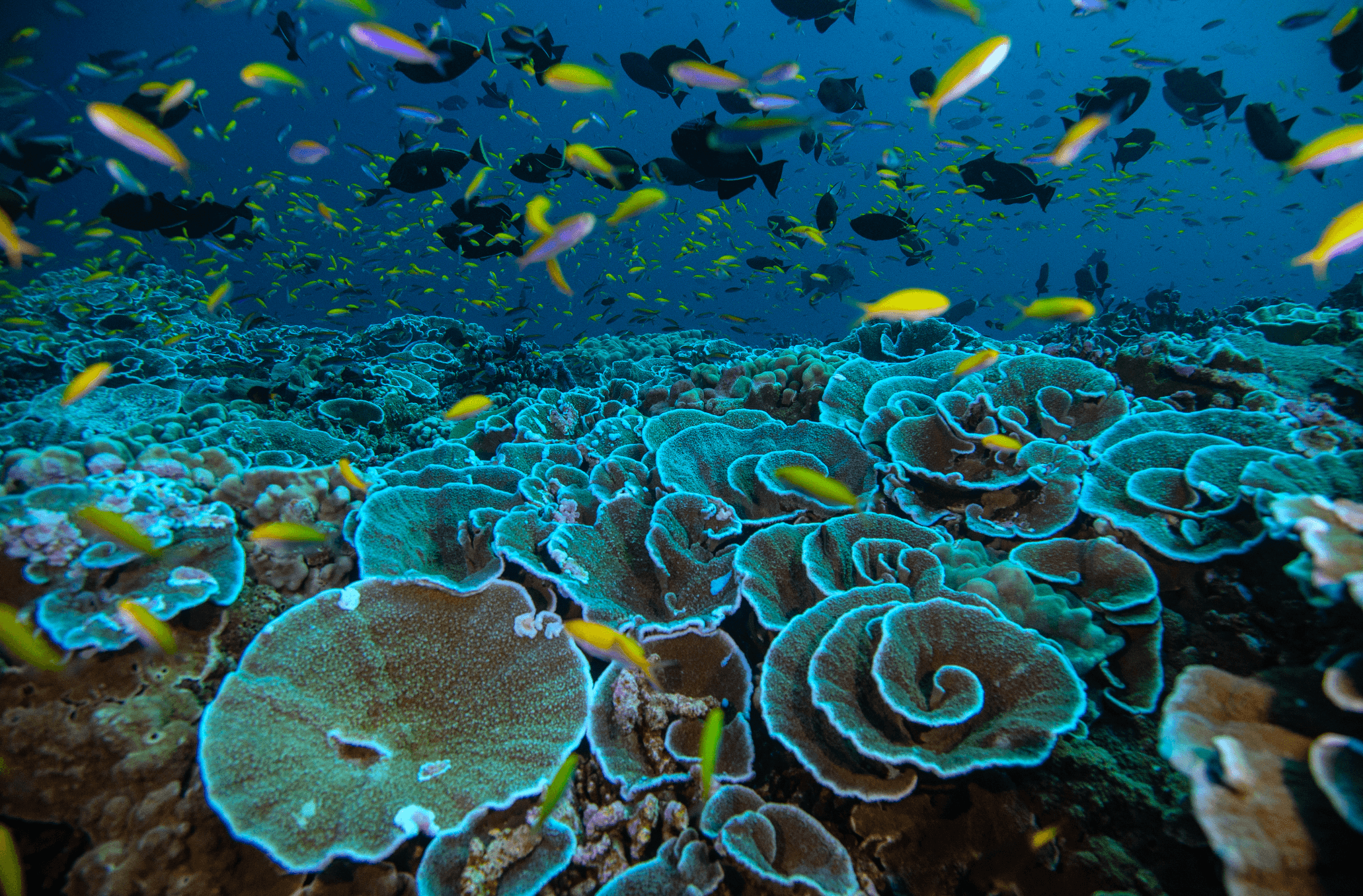
Photo: Courtesy of National Geographic Pristine Seas
Share a little bit about your recent expedition in the Southern Line Islands—just northwest of the Lindblad voyage route—and about your experience establishing a large-scale marine reserve in Niue.
In 2021, Pristine Seas revisited Kiribati in the Southern Line Islands, which the team had visited and helped protect on our very first expedition in 2008. Back then, it was one of the healthiest ecosystems our team had ever seen. But in 2015 and 2016, the Central Pacific experienced two strong warming events that killed half the corals in the Southern Line Islands alone. It was important for Pristine Seas to return to the area to understand the fate of this important system. Fortunately, our expedition in 2021 found that the corals had fully recovered—almost miraculously—likely thanks to the full protection afforded by the Southern Line Islands Marine Protected Area (MPA).
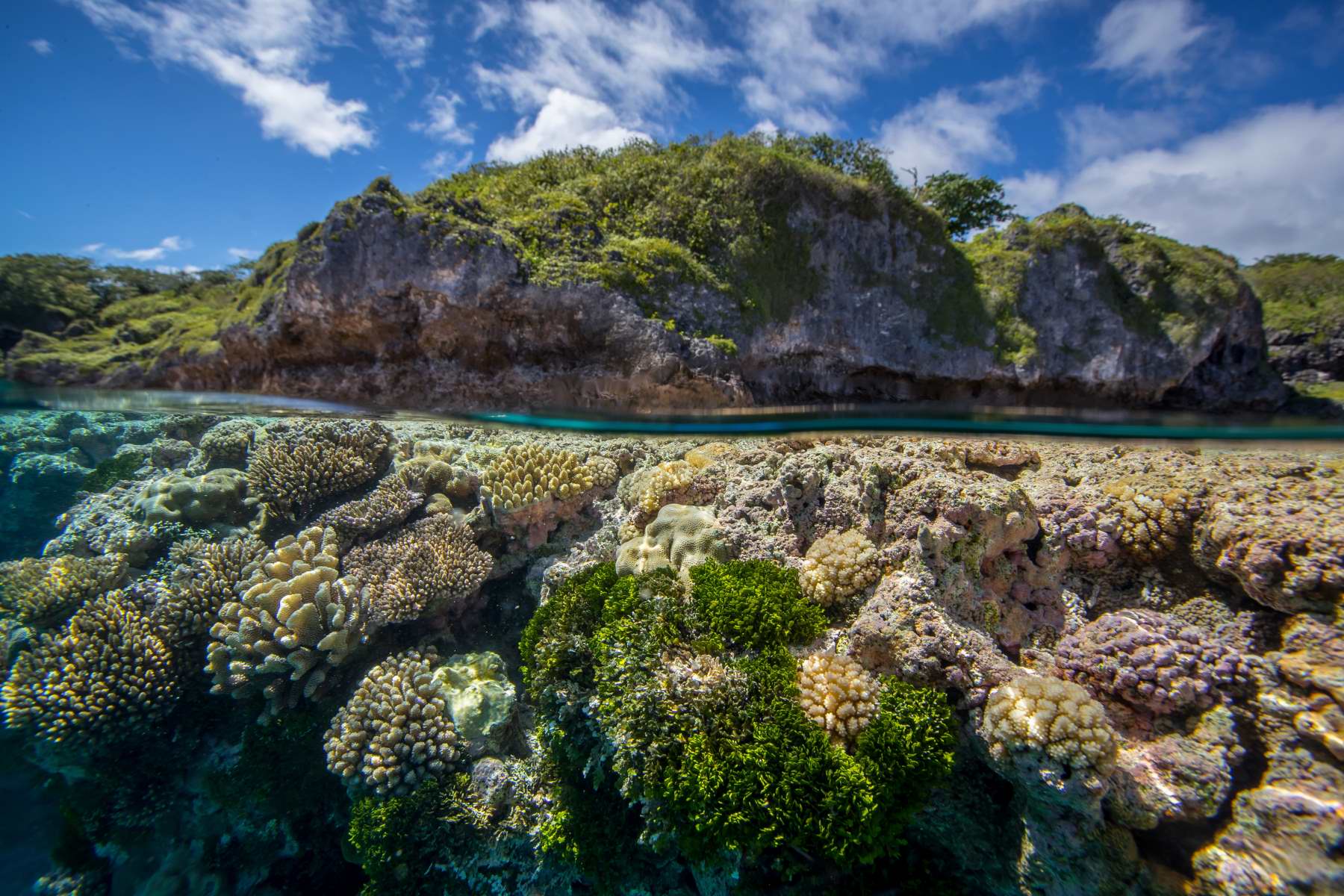
Photo: Courtesy of National Geographic Pristine Seas
The Pacific has many other examples of conservation leadership, including an initiative on the island nation of Niue. In 2015, Pristine Seas was invited by the Niue government to survey their waters and document the natural beauty of the island. Following our expedition and several years of consultations with partners, Niue announced its intention to conserve 40 percent of their waters to ensure that their most vital areas were protected. Today, Niue is a world leader in marine protection and is at the forefront of sustainable management. It’s an amazing story of what can be achieved by a small community.
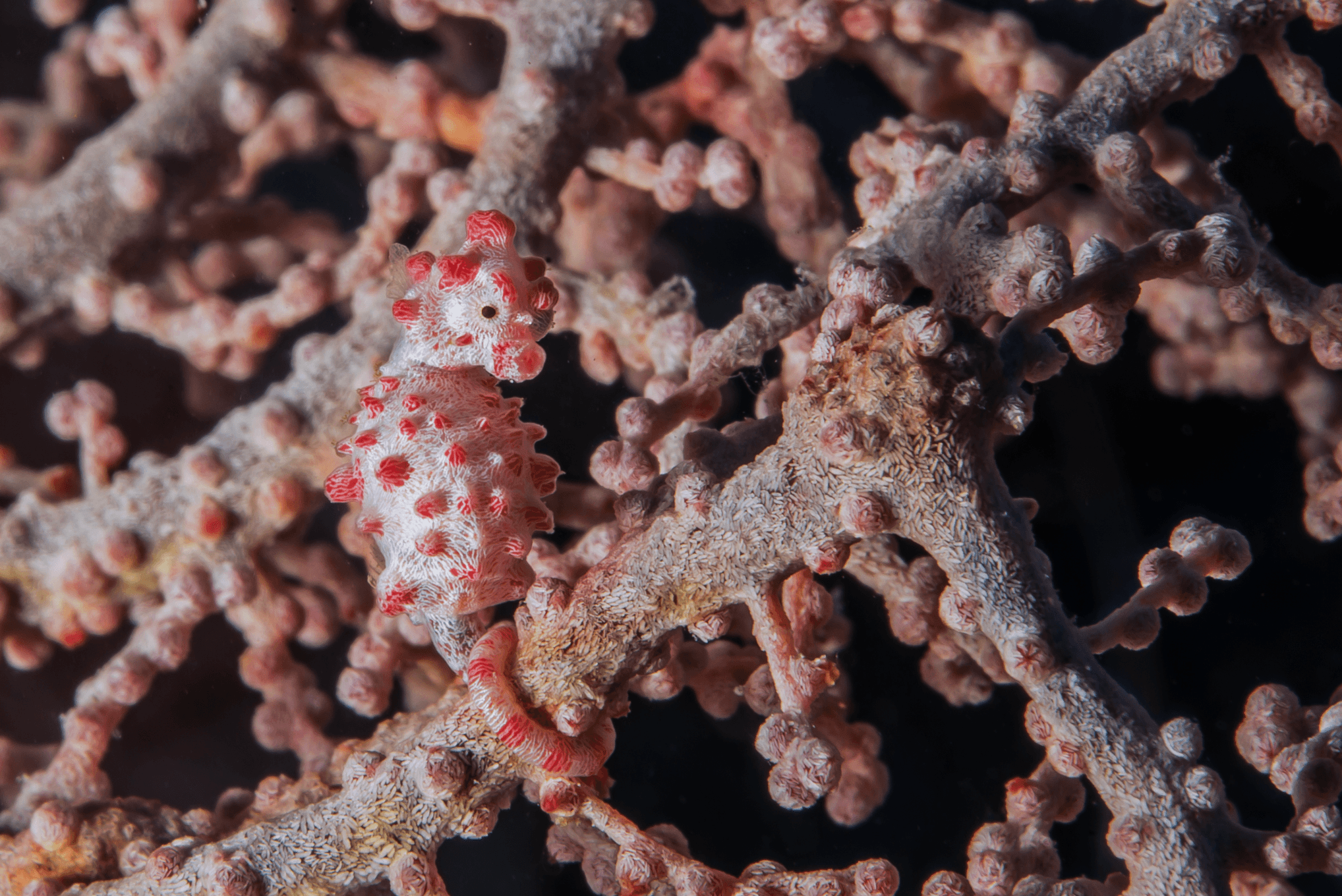
Photo: Courtesy of National Geographic Pristine Seas
Tell us more about Marine Protected Areas (MPAs) and why they are so critical.
MPAs are places in the ocean where human activity is limited or banned—akin to national parks on land. They can be created by a number of authorities—from coastal communities to national governments—and they can range from less than a square kilometer to millions of square kilometers. Research shows that MPAs that allow very little or no human activity are the most effective mechanism for restoring marine life and all the benefits it provides to humanity. The case is clear: when you protect an area, you allow nature the time and space to heal and replenish for all to benefit.
Which stops are you most excited for on the Under the Southern Cross: New Zealand to Melanesia itinerary?
This is going to be a fascinating cross section of New Zealand and Melanesia, home to some of the world’s last remaining biodiversity hotspots. I’m excited to return to New Caledonia. It was the very first place I visited as part of Pristine Seas. Previously, our team conducted an expedition to the area to support the establishment of several marine reserves in their waters.
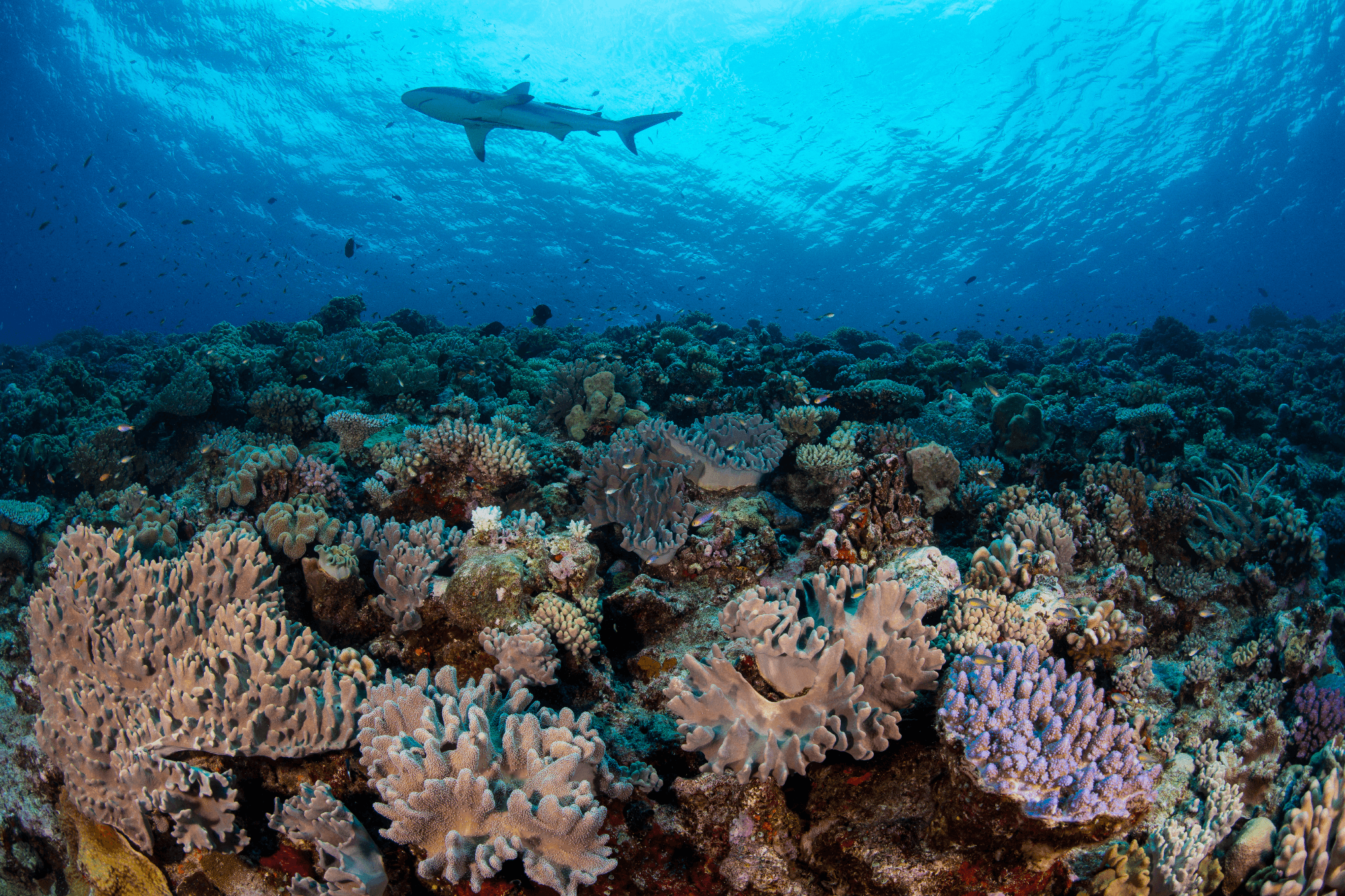
Photo: Courtesy of National Geographic Pristine Seas
Share briefly about the work of your wife, Taylor Myers, who will be joining you on board.
Taylor is currently a Ph.D. student with the Jambeck Research Group in the College of Engineering at the University of Georgia. Her research focuses on the impacts of plastic pollution, building circular economies in cities around the world, and tying human behavior and waste management infrastructure on land with that we find in the ocean. Before starting her Ph.D., she served as the director of the plastics initiative at National Geographic and organized their largest female-led expedition on the Ganges River to study plastic pollution. Her background spans from marine ecology and biology to science communication and education, and she is definitely happiest when she is on or under the water.
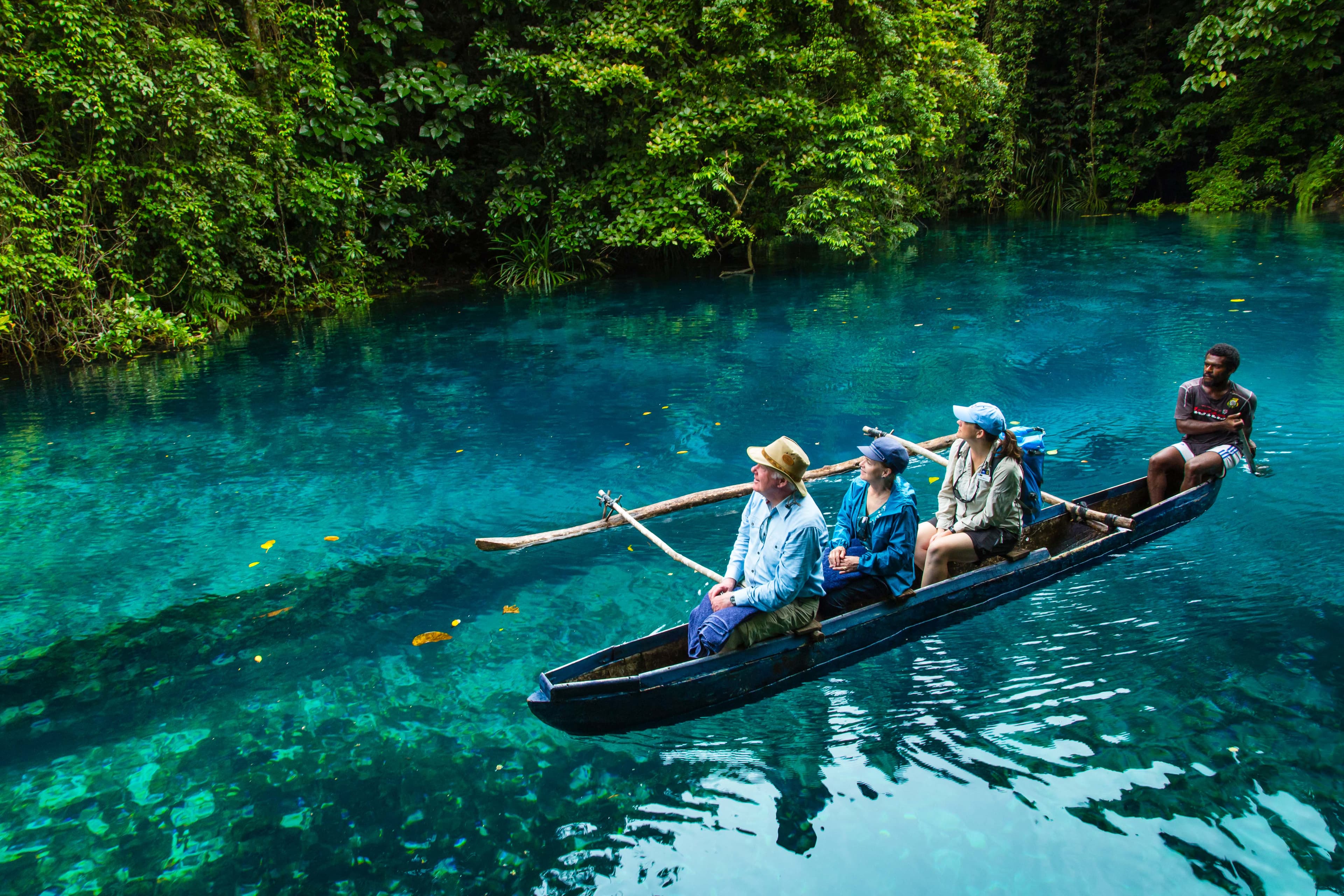
Photo: Ralph Lee Hopkins
What do you hope guests on this voyage will take away after learning about Pristine Seas?
Two things: One, my hope is that guests will leave with an understanding of why protecting these places is so important—not just for the health of the local environment, but for the planet as a whole. The ocean is the world’s life support system, and a prosperous future for humanity is dependent on a healthy ocean. Two, that protection is possible and effective!